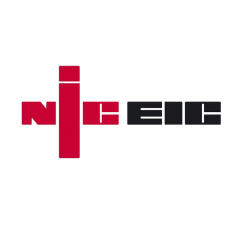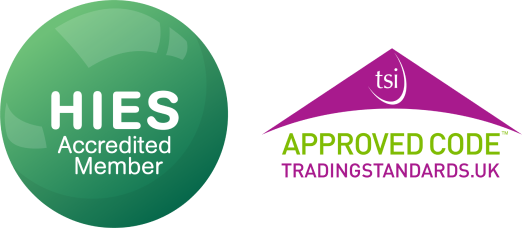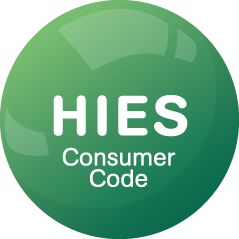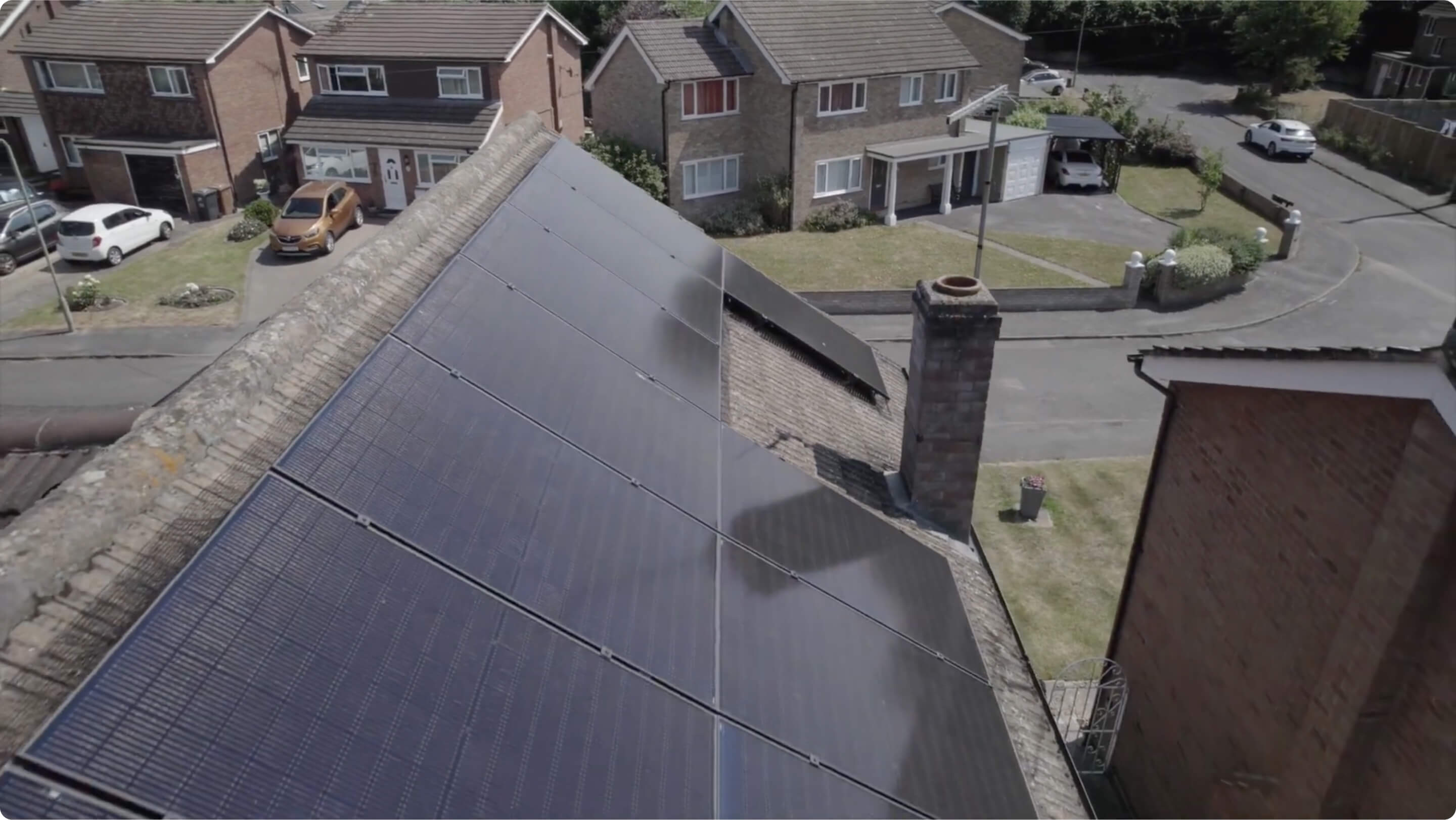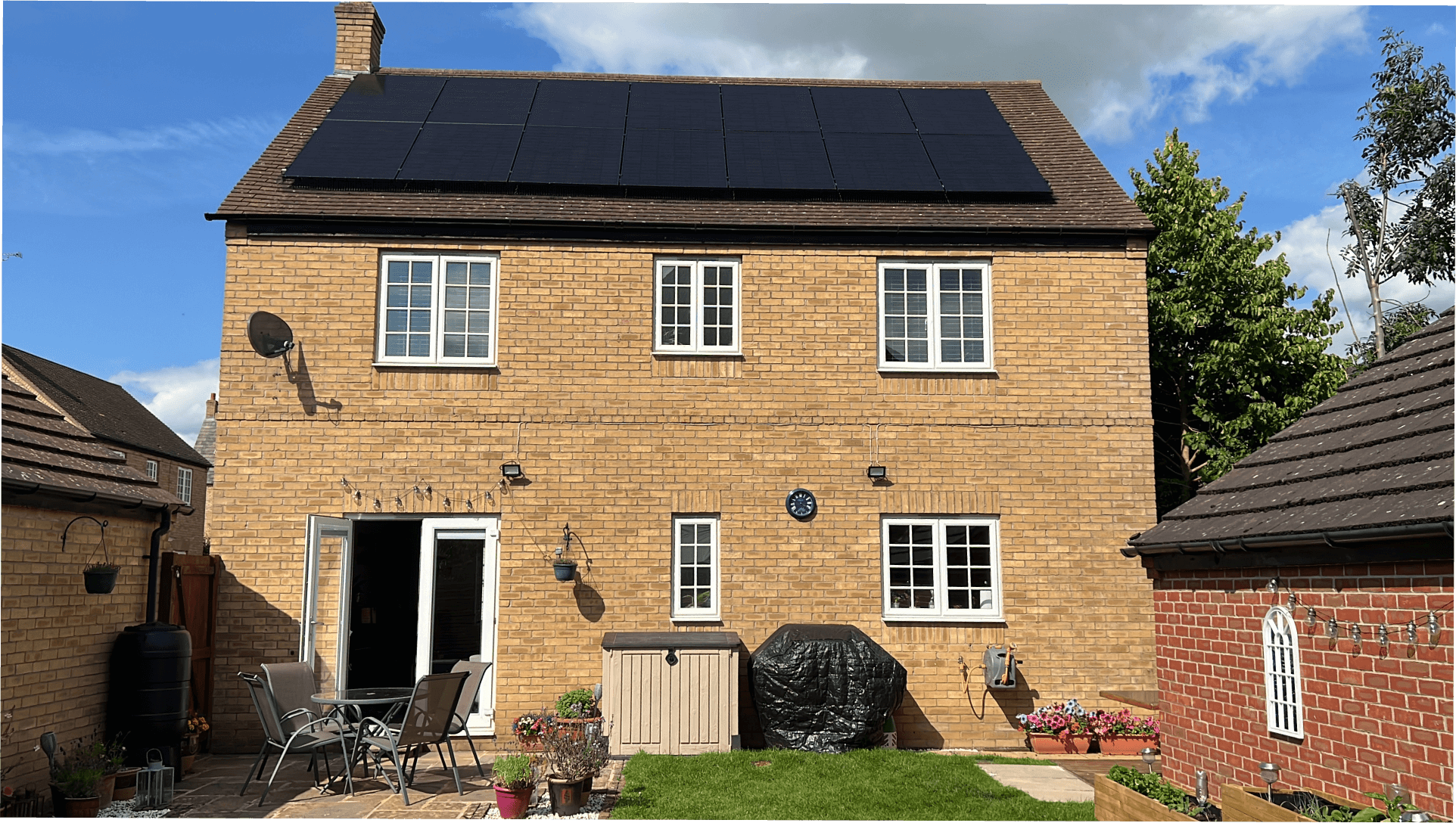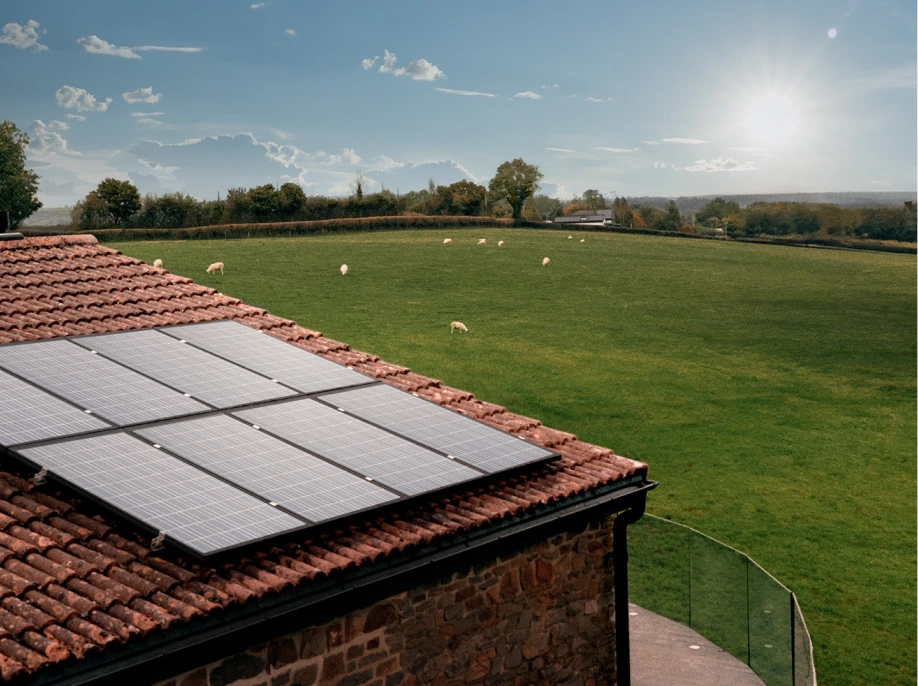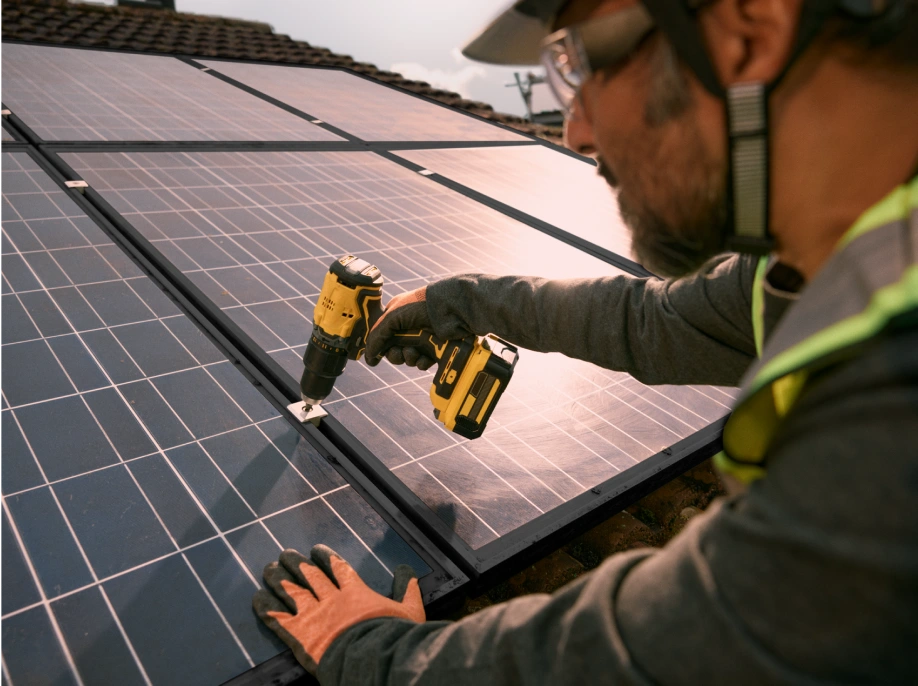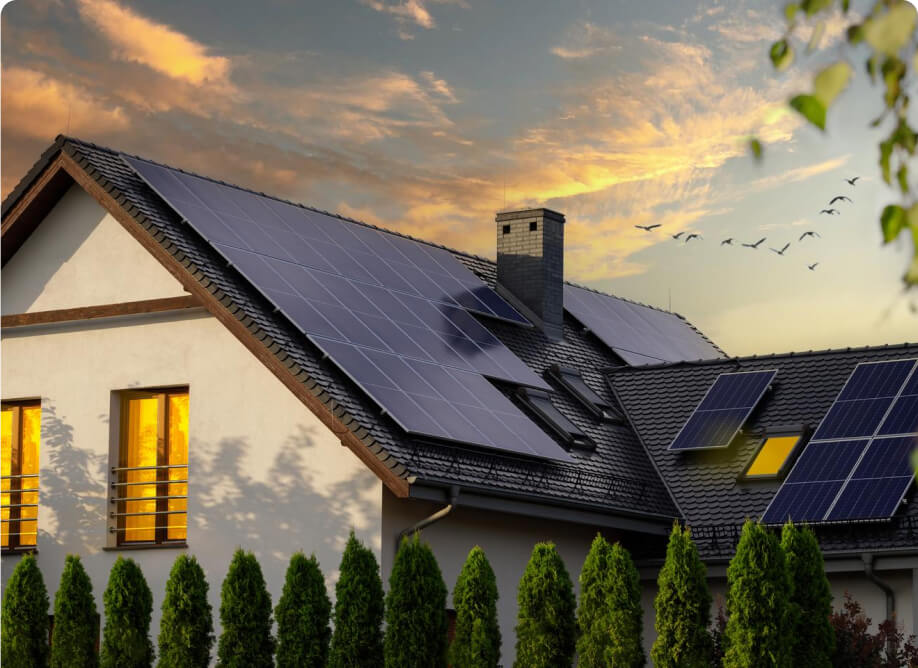
Save money at home with solar panels.
Get your personalised quote from our trusted installers and see how much you could save.
From
£5,610
for an 8-panel solar system
Add a battery from
£2,495
to store excess energy
Relax with a
10 year
warranty
Get solar with £0 upfront cost
Join the UK’s first solar subscription and get Hive Solar installed from as little as £69 a month – with absolutely nothing to pay upfront, plus spread the cost with Sunsave Plus.²
Tell me moreHow much can solar panels cost?
Hive Solar
from £5,610 for an 8-panel system
Price based on typical pricing for installations in England & Wales by independent installers, Effective Home. Pricing may vary in Scotland and/or depending on your home's set up. Flexible finance options available through our trusted partners.
Price breakdown | |
|---|---|
| 8-panel solar system | £5,610 |
| 5.32kWh home battery | £2,495 |
| Scaffolding | Included |
| Installation | Included |
| Inverter | Included |
| 10-year manufacturer warranty | Included |
| Hive Solar Saver offer | Included |
| Hive kit (including Hive Hub & Hive Bridge) plus smart control via the Hive App | Included |
| Finance Options | Available through all partners |
Ready for your personalised quote?
Answer a few simple questions and get a customised price from one of our local installers.
Start your free quotePower is getting energy companies to pay you
Generate your own free, greener electricity
Go energy independent with smart solar panels at home. Power your home with renewable electricity and significantly cut your carbon emissions.
Store what you don’t use
Add a solar battery and keep on using green energy, even when the sun goes down.
Or sell what you don’t need
Earn extra money by selling your spare solar energy back to the grid – all easily managed in the Hive app.
Harness your solar power with the Hive app
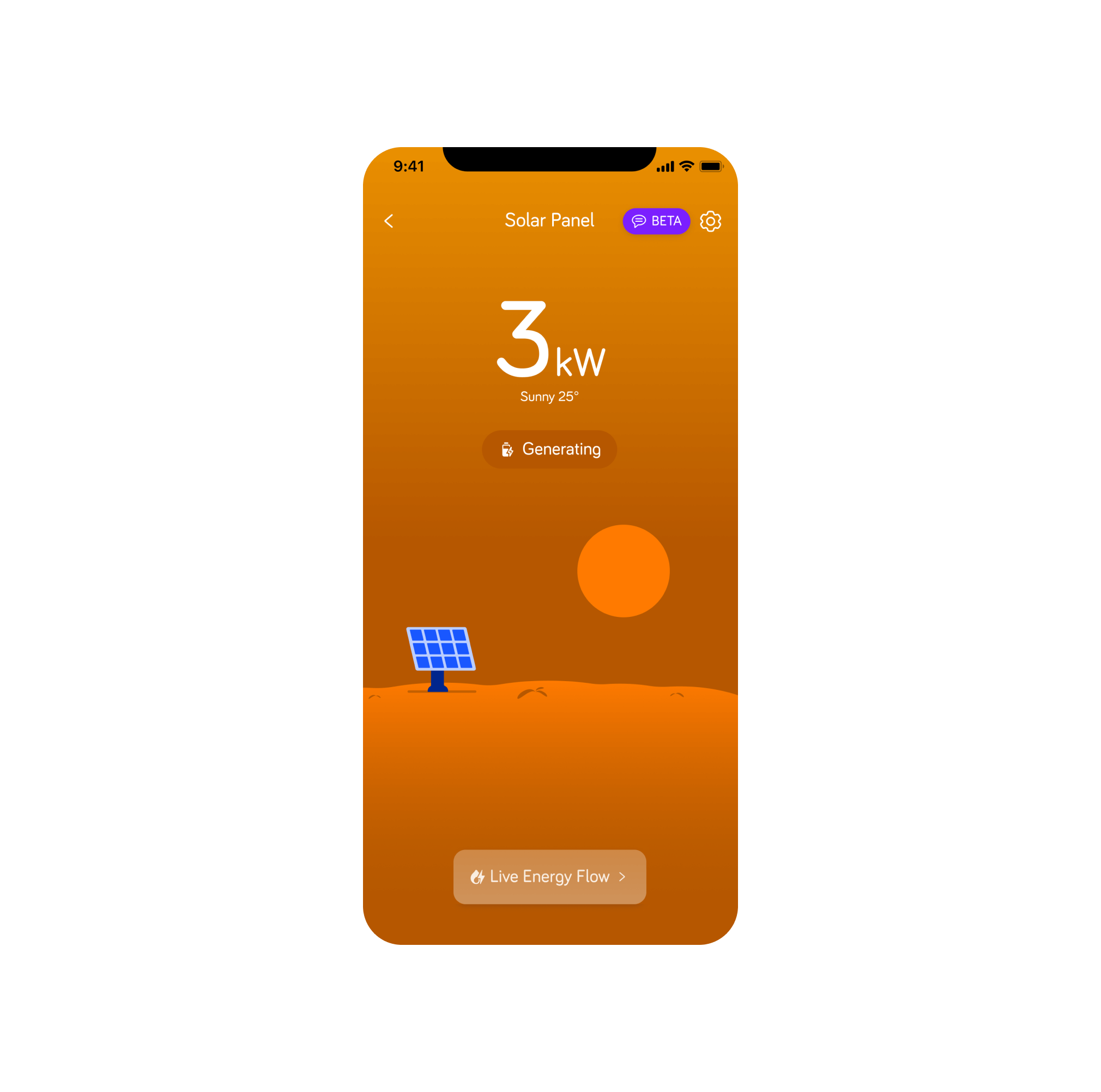
See what you’re generating at a glance
Get an instant overview of how much solar electricity your panels are generating at any time with Live Energy Flow. Making it easy to keep an eye on what’s happening, right from your dashboard.
Advanced insights without the spreadsheet
Open your Insights tab to see how much energy you’ve generated, stored and sold by day, month, or in total. And you don’t need a PhD to use it either– our intuitive app makes it easy to keep track.
Review your spending and your savings
Sync your app to your electricity tariff for real time information on energy costs, past bills and how much you’ve saved in pounds and pence. Need to switch tariff? It’s easy to update in just a few taps.
Transform your home energy in just 4 steps
Expert recommended
Don’t forget our energy offer
Save 25% off electricity use with our Hive Solar Saver energy offer.¹
1
Register your interest
Our installation partners will be in touch to find out more about your home.
2
Free home survey
Solar experts will carry out an in-person or online survey – then give you a fixed price.
3
Get it installed
Your installer will fit your brand new solar set up, including any home batteries, on a date that suits you.
4
Get started with the Hive app
Once it’s in, they’ll show you how to use your Hive app to get the best from your new solar equipment.
Expert recommended
Don’t forget our energy offer
Save 25% off electricity use with our Hive Solar Saver energy offer.¹
Meet your trusted solar installers
Upgrade with solar panel battery storage

Solar tech that Works with Hive
All of them can connect simply and quickly to your Hive app.
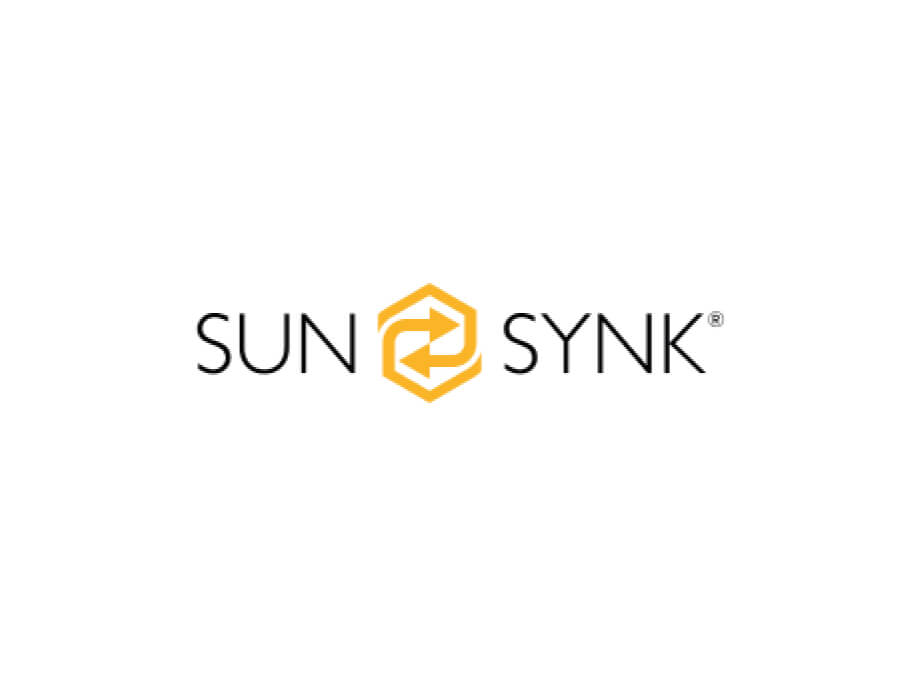
Sunsynk Battery and Inverter
With operations worldwide, Sunsynk has been providing cutting-edge solar storage solutions for over 20 years.

Fox ESS Battery and Inverter
Fox ESS is a global brand and the UK market leader; delivering high-performance, cutting-edge storage solutions that offer reliability and functionality.
Unlock energy freedom with Hive Solar & battery
Turn sunlight into savings with our Hive Solar Saver offer and a Smart Export Guarantee (SEG) tariff from British Gas.
Here’s how your savings stack up:
By generating your own solar electricity, you’ll spend less on buying electricity from the grid
Then, get up to 25% off any electricity you do use for a whole year with a British Gas tariff – that’s our Hive Solar Saver offer.¹ Discount of 25% applies to your electricity unit rate. Export and Earn Plus is only available to customers with a British Gas electricity import tariff.
Better yet, join their Export and Earn Plus SEG tariff and sell your spare electricity at 15.1p per kWh
Hear from our customers
Here's what Effective Home customers think...
Frequently asked questions
What do I need to connect my solar panels and battery to the Hive app?
Does Hive install my solar equipment?
How much do solar panels cost?
- 8 solar panels (400W)
- Survey, scaffolding and installation
For an 8-panel system of 400W panels, the starting price is £5,610. This price is based on purchasing 8 panels from solar installer Effective Home. Price includes fitting to concrete tiles (not slate), single elevation of scaffold, with single phase electrics and no complexities.
For adding 5.32kWh solar battery to an 8-panel solar system, the starting price is £2,495. This price is based on purchasing a 5.32kWh solar battery from solar installer Effective Home. Price includes full system and install.
Are solar panels worth it?
How does solar energy work?
How many solar panels do I need?
How long do solar panels take to install?
How much energy does a solar panel produce?
Is solar right for my home?
What are the benefits of getting a battery installed?
How do I make money by selling my surplus energy back to the grid?
What is an inverter and why do I need one?
Do I pay VAT on solar panels or battery?
How can I save all year round with solar panels?
Ready to generate your own free energy?

Get more from Hive
Eco-tech that works with Hive
We’ve partnered with eco-tech manufacturers to make sure their devices connects simply and seamlessly to the Hive app – just like the rest of your Hive home.
Find out moreHive Solar Saver discount of 25% on electricity unit rate in first year and savings will vary after that. We will give at least one months’ advance notice of the offer ending on the BG website. Typical bill calculated using national average October - December 25 price cap rates. Actual savings will depend on location, installation, aspect and electricity use. For full details please see the Hive Solar Saver Terms & Conditions.
Representative example: 240 monthly instalments of £69. 8.9% representative APR. Based on a loan of £7,898 at a fixed interest rate of 5.9% per year. Each instalment consists of £56 loan repayment plus £13 monitoring and maintenance fee. Total amount repayable: £16,560 (includes £5,617 interest and £3,046 monitoring and maintenance fee). Centrica Hive Limited can introduce you to Sunsave UK Limited for finance for solar panels for a fixed referral fee. This will not affect the amount you pay. Sunsave UK Limited is registered at 71-75 Shelton Street, London, WC2H 9JQ and authorised and regulated by the Financial Conduct Authority (FRN 1008450). Sunsave UK Limited is a credit broker not a lender and can introduce you to Sunsave Energy Limited (FRN 979494) for finance. Subject to status, T&Cs apply.
We act as an introducer between you and Effective Energy Group Ltd (company number 09805175), Greener Energy Group Ltd (company number SC467672), Heatable Ltd (company number 08804726), Glow Green Ltd (company number 07530174) and Infinity Renewables Group Ltd (company number 11154487). The terms on which any installations are carried out are as agreed between you and Effective Energy Group, Greener Energy Group, Heatable, Glow Green and Infinity Renewables Group, other than for any Hive equipment you receive, we are not responsible or liable for the end products or services that are provided.


